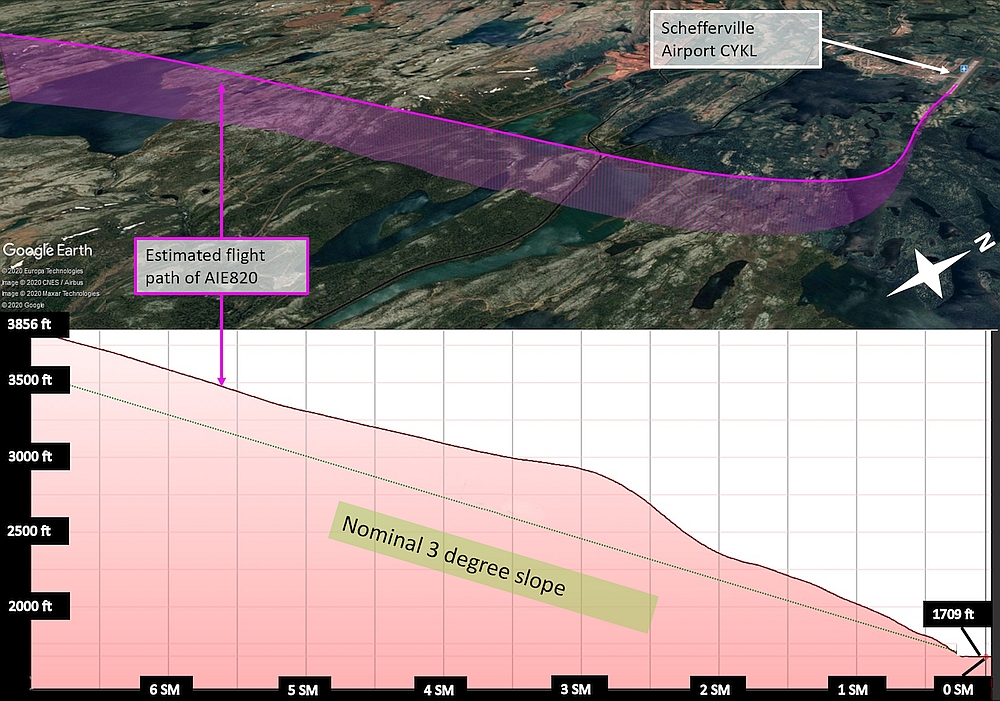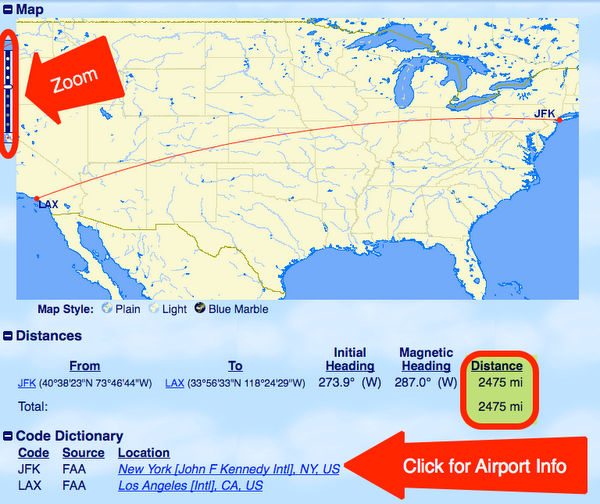
Moreover, one of the most important parameters that directly affect flight energetics has never been continuously recorded for any bird: flight speed relative to air. To do this, it is necessary to record more behavioural parameters during flight, such as GPS positions, which provide detailed horizontal paths ( Weimerskirch et al., 2002). Nevertheless, detailed behavioural and biomechanical analysis on the flight behaviour of seabirds in the context of the flight–diving compromise is still lacking. Recently, several methods to record flight duration were developed ( Dall'Antonia et al., 2001 Tremblay et al., 2003 Pelletier et al., 2008 Sato et al., 2008), and support for the prediction was provided: when two species of auks were compared, the species that flew for longer durations dived shallower and for shorter durations than the other ( Thaxter et al., 2010).

flight duration, distance and speed) are still immature. dive depth, duration and swim speed) using miniaturized animal-attached tags are now well established ( Ropert-Coudert and Wilson, 2005), those to record flight behaviour (e.g. However, few studies have quantified both flight and diving performance of seabirds that dive and fly consequently, empirical support for the possible compromise is sparse.Ī major limitation in testing the prediction of evolutionary trade-offs is that, although the methods to record the diving behaviour of seabirds (e.g. An extreme of the spectrum might be the Galápagos cormorant Phalacrocorax harrisi, which secondarily lost flight capability and has enhanced diving capability with the largest body mass among its family ( Wilson et al., 2008). By contrast, breath-hold diving favours larger body sizes to allow for a larger margin of the oxygen stored relative to the oxygen consumed ( Kooyman, 1989 Halsey et al., 2006). For example, flapping flight favours smaller body sizes to allow for a larger margin of power available relative to the power required ( Pennycuick, 2008). The flight and diving performance of these birds might be compromised, because morphological and physiological demands are conflicting ( Lovvorn and Jones, 1994 Wilson et al., 2008). auks (Alcidae), cormorants (Phalacrocoracidae), boobies and gannets (Sulidae), loons (Gaviidae), grebes (Podicipedidae), ducks (Anatidae), shearwaters (especially the genus Puffinus) and diving petrels ( Pelecanoides). Some seabirds (or waterbirds) are capable of both level flapping flight and prolonged diving, e.g. The compromise between flight and diving, as well as the local bathymetry, shape the three-dimensional foraging range (<26 km horizontally, <94 m vertically) in this bottom-feeding cormorant.Īir and water have drastically different physical properties, and hence animals capable of moving in both media are expected to face evolutionary trade-offs regarding locomotory performances ( Williams, 1999). depth 94 m, duration 306 s) through their morphological adaptations for diving, including large body mass (enabling a large oxygen store), small flight muscles (to allow for large leg muscles for underwater propulsion) and short wings (to decrease air volume in the feathers and hence buoyancy). Our results indicate that their flight performance is physiologically limited, presumably compromised by their great diving capability (max. Shags sometimes stayed at the sea surface without diving between flights, even on the way back to the colony, and surface durations increased with the preceding flight durations these observations suggest that shags rested after flights.

Flights were short (mean 92 s), with a mean summed duration of only 24 min day –1.

Flight air speed (mean 12.7 m s –1) was close to the speed that minimizes power requirement, rather than energy expenditure per distance, when existing aerodynamic models were applied. We tested whether Kerguelen shags Phalacrocorax verrucosus, which are remarkable divers, have poor flight capability using newly developed tags that recorded their flight air speed (the first direct measurement for wild birds) with propeller sensors, flight duration, GPS position and depth during foraging trips. Aerial flight and breath-hold diving present conflicting morphological and physiological demands, and hence diving seabirds capable of flight are expected to face evolutionary trade-offs regarding locomotory performances.


 0 kommentar(er)
0 kommentar(er)
